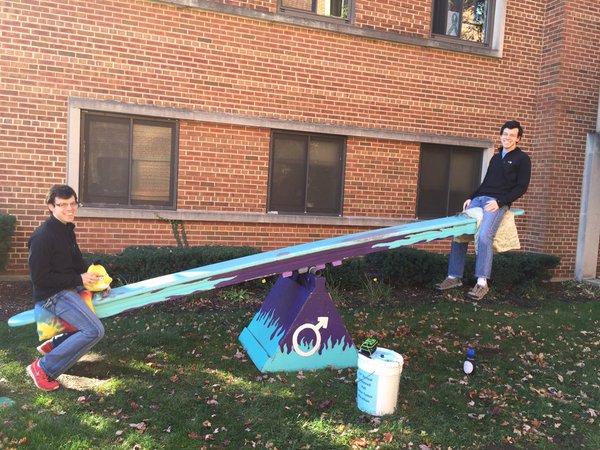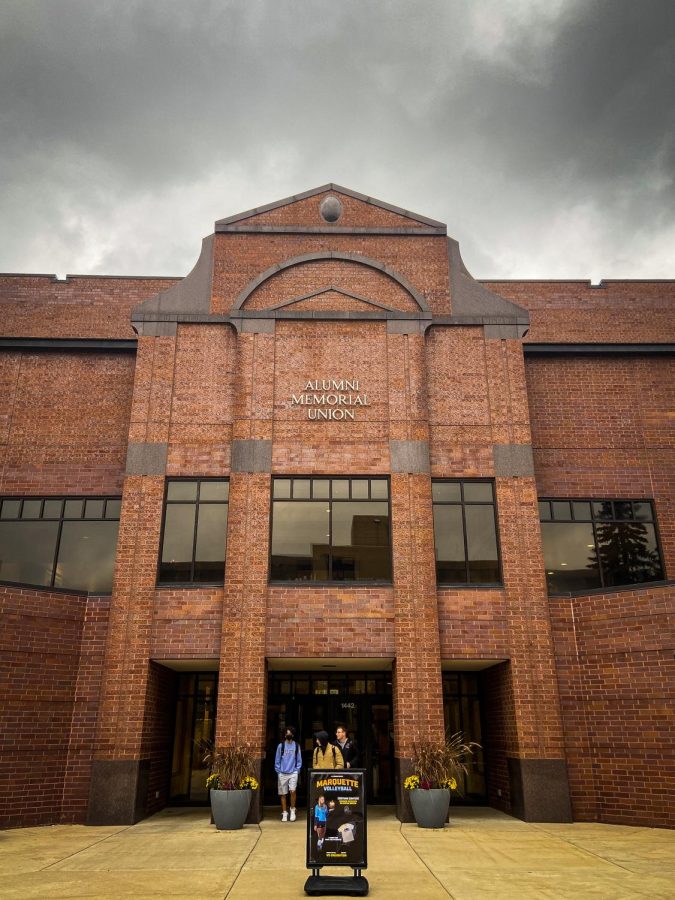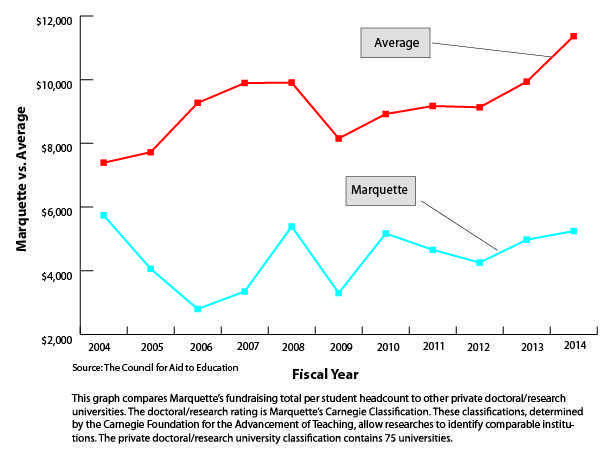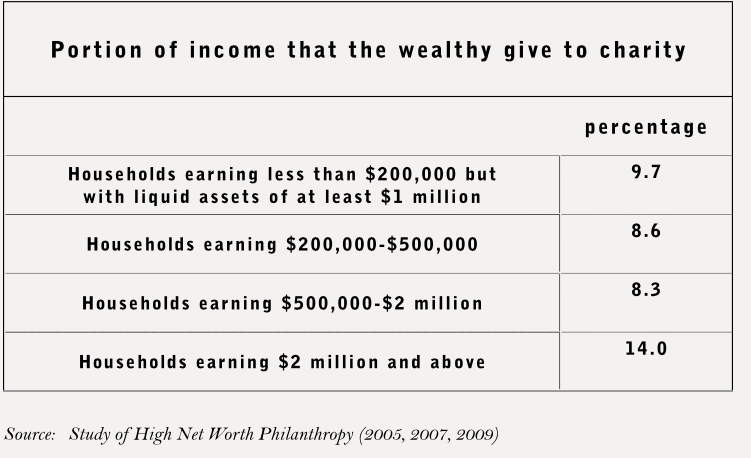
There’s something about two college guys teeter-tottering on a campus quad that seems a tad off-balance. For those who aren’t familiar with the O’Donnell Hall tradition, residents volunteer for hour-long shifts during the 72-hour Teeter-Totter-a-Thon fundraiser to raise awareness for sexual violence. Donations go to the Sojourner Family Peace Center, which provides resources and support to those affected by sexual violence.
Don’t waste your energy trying to figure out the link between playground equipment and sexual violence – there isn’t one. However, the Teeter-Totter-a-Thon is a worthy fundraiser. If for some reason you find yourself watching two college men shifting their weight from one side to another and don’t think to donate money to support victims of sexual violence, think again. It gets the job done.
The men of O’Donnell are not alone in their social fundraising tactics. Perhaps you recall the infamous Ice Bucket Challenge (ALS), or maybe you participated in the Susan G. Komen Race for the Cure (breast cancer). Greek students around the country are particularly fond of these social, cutesy-sounding initiatives, complete with preppy, event-inspired racer back tank tops.
You have undoubtedly been invited to or heard about “Sigma Chi Derby Days” or Delta Gamma’s “Anchor Splash,” a synchronized swimming competition to raise money for Service for Sight. My favorite is perhaps “Alpha Phiesta,” Alpha Phi’s unlimited taco night to benefit women’s heart health. I sense somewhat of a conflict of interest in this one, but that’s beside the point. Tacos are great.
The Teeter-Totter-a-Thon, Ice Bucket Challenge and Greek philanthropy events support a crucial element of such initiatives: funding. After all, money can buy books for underprivileged schools, glasses for those in need, or research equipment for those who work tirelessly to find the cures for today’s most deadly diseases. Although many like to write Greek life events off as keggers disguised as philanthropy, the organizations expect their members to participate in the cause outside the actual event. They do more than most of us can say we do.
After reading a widely circulated article last week written by a breast cancer survivor criticizing National No-Bra Day on Oct. 13, I started thinking about how “pinkwashing” and other philanthropic events that have virtually no relation to their causes, despite having gained such momentum.
Some would argue it’s the power of social media, and others would say it’s a symptom of the “Generation Me” influence. Whatever the reason, one thing is clear: Many people, myself included, have not been confronting these causes for exactly what they are. Instead of tackling the ugly realities of, say, chemotherapy, we come up with a catchy event name and print the logo on hundreds of expensive t-shirts and merchandise. If it’s Oct. 13, some ditch the bra and showcase their breasts to support women who have lost theirs after disfiguring, painful surgeries. Then, just like in politics or sports, we throw sums of money at some foundation to send the message “I care.” By glamorizing the issues, we simultaneously create a distorted reality of them.
But when was the last time you volunteered at a hospital, donated blood, or visited someone without family in the hospital at Christmas? When was the last time you offered to drive a cancer patient to a doctor’s appointment, tutor an underprivileged student, or walk a dog at the humane society? Why do we give money and assume we’ve done our part? I asked myself: why was my latest contribution to cancer the Nike LIVESTRONG shorts I bought? We have somehow made deadly diseases and serious social problems fashionable.
A New Year’s resolution I intend on keeping come January is seeking out non-monetary contribution opportunities. Money can buy a lot of things. It might even contribute to a groundbreaking discovery in ALS research or an entire library for an inner-city school, but it can’t buy the compassion and ongoing support necessary to genuinely confront these causes.







